An emerging trend in most developing nations is this pseudo idea of security through enclaves and gated settlements. This case study from India‘s National Capital region Gurgaon , sheds light on the effects which gated communities have on the society and lifestyle. For Gurgaon, the foundation for gated development was laid in the 1990’s when Haryana government changed local legislation, to allow private companies to develop land. The private real estate boom continues today, as each developer nourishes his exclusive high-end housing development with community amenities like shared pool, club house, sporting facilities, convenience commercial etc. The developer then publicizes the greens inside this enclave and of course, the idea of security and privacy are further embellished. This development is limited to the ownership boundaries, what happens outside remains the local authorities concern, in Gurgaon’s case it would be HUDA‘s.
In most cases, the public realm fails to develop,while each authority plays the blame game of ownership outside the property of the developer. Gated communities have not only led to crime ridden and unsafe zones by preventing the idea of ‘eyes on street’ (contested by Jane Jacobs) but also led to a car oriented urban environment that is unsuitable for pedestrian movement. The City of Gurgaon primary consists of enclaves, malls and car congested high-speed roads. I wonder if one can call this a city when it lacks basic streets and urban life. While the privileged have their enclaves to entertain them , the not so privileged deal with dangerous roadways and hard paved traffic signals as their only public space. At such instance, should one defend the idea of POPS ( Privately owned Public spaces)? For a situation like Gurgaon, is it the only way to ensure the availability of a public realm?
Obviously, it is naïve to expect a sudden change in the mentality of residents or developers, or to radicalize the idea that all gates and fences be demolished. I thus present to you an idea/ experiment (explored with a peer, Reihaneh Ramezany ) to retrofit the current situation with not only design guidelines but with law and policy changes that hold developers more accountable and lead to a more inclusive fabric.
OVERVIEW:


EXPLORATION:
This case study zooms into a neighborhood scale, situated on one of the most traveled roads. M.G. Road, not only connects Delhi and Gurgaon but also has an overhead metro line running parallel to it. On closer analysis of the selected area, we concluded that streets are the only public realm left after excluding all developments. The question is, could a zoning law be applied to streets, similar to land use and zoning code. Could the developer be encouraged to develop the street zone with added F.A.R incentives? 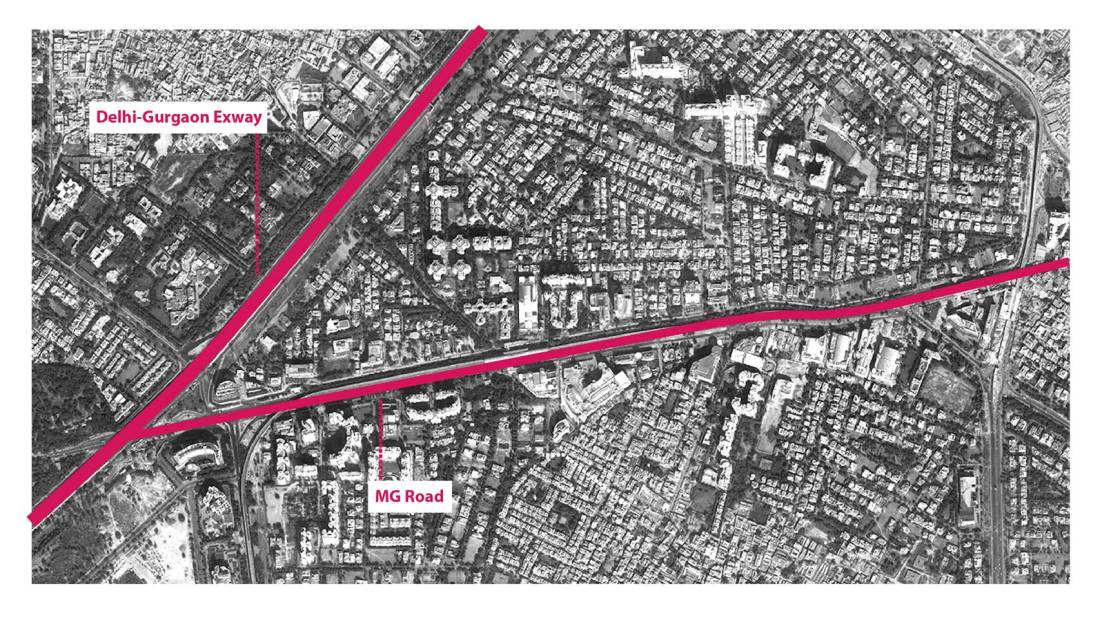





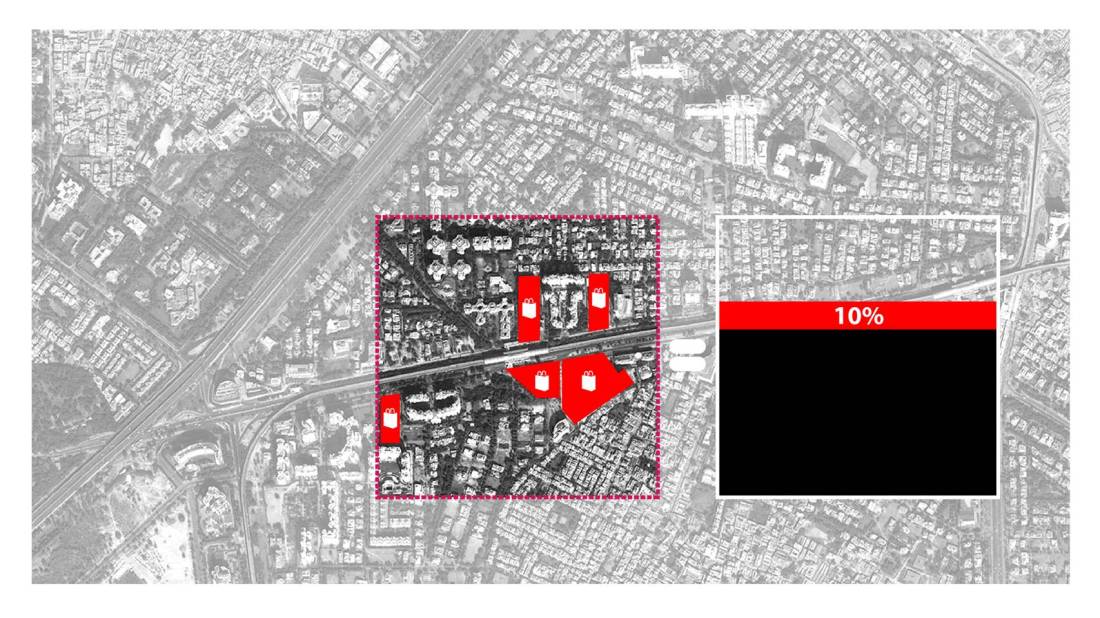




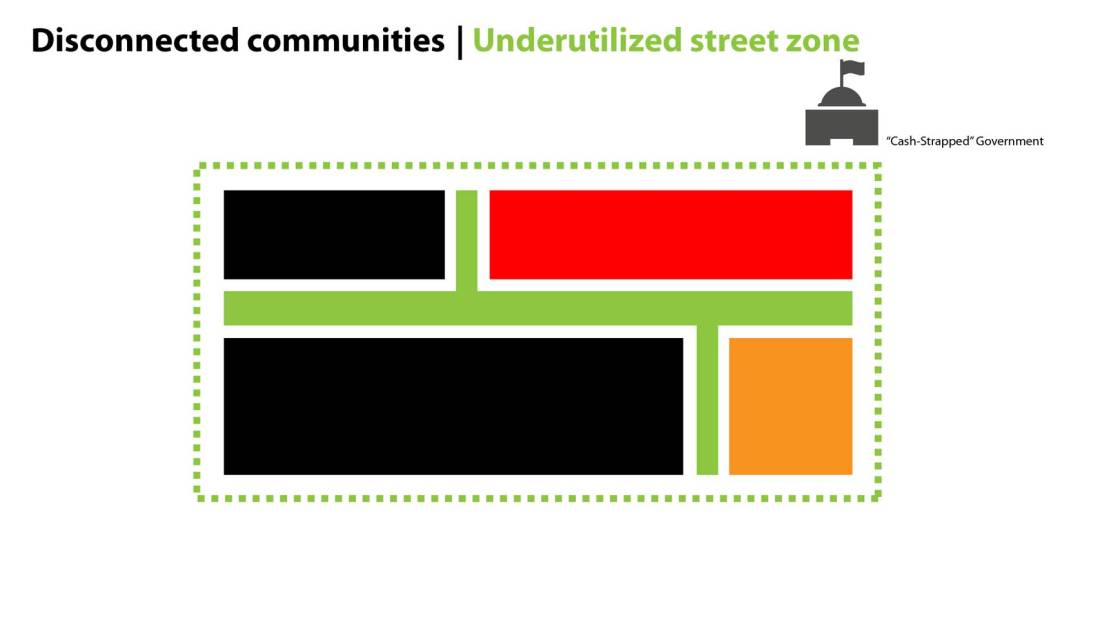

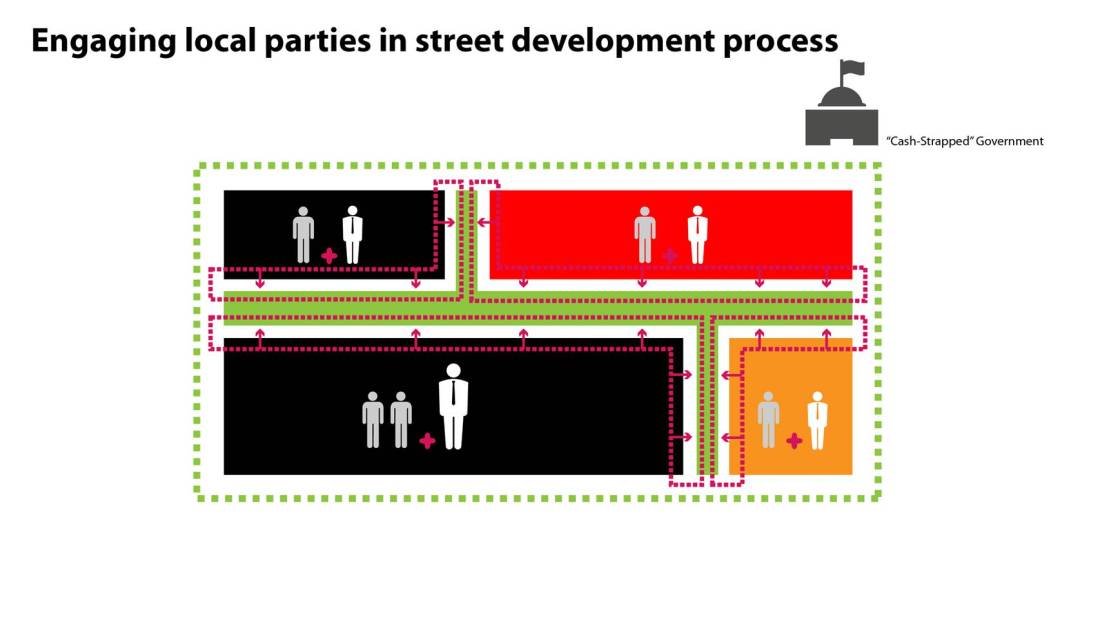

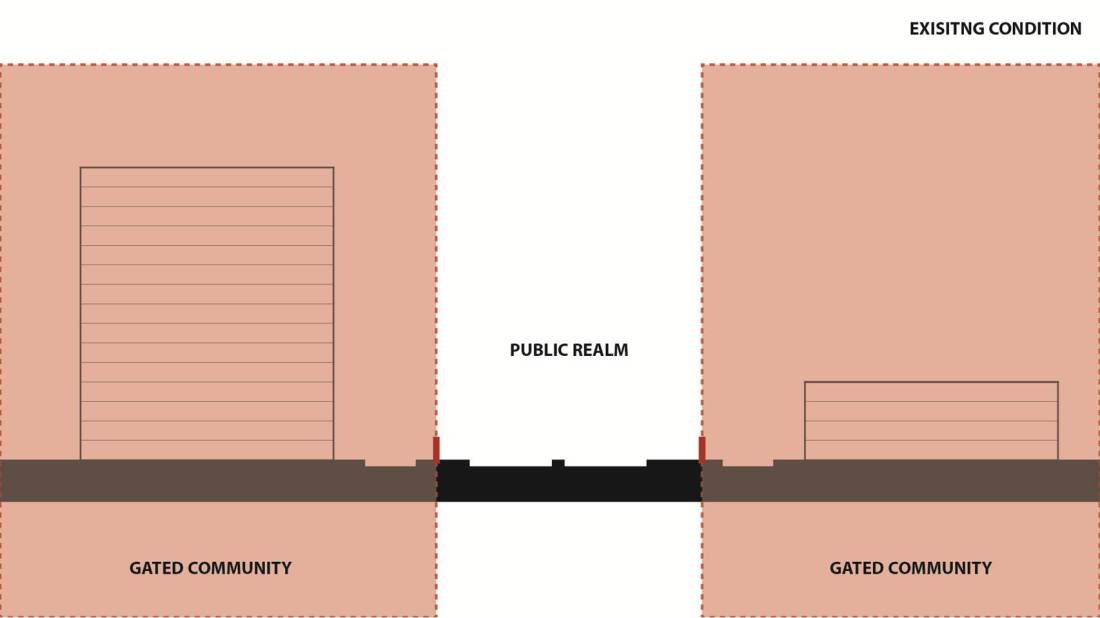
IDEA DEMONSTRATION:

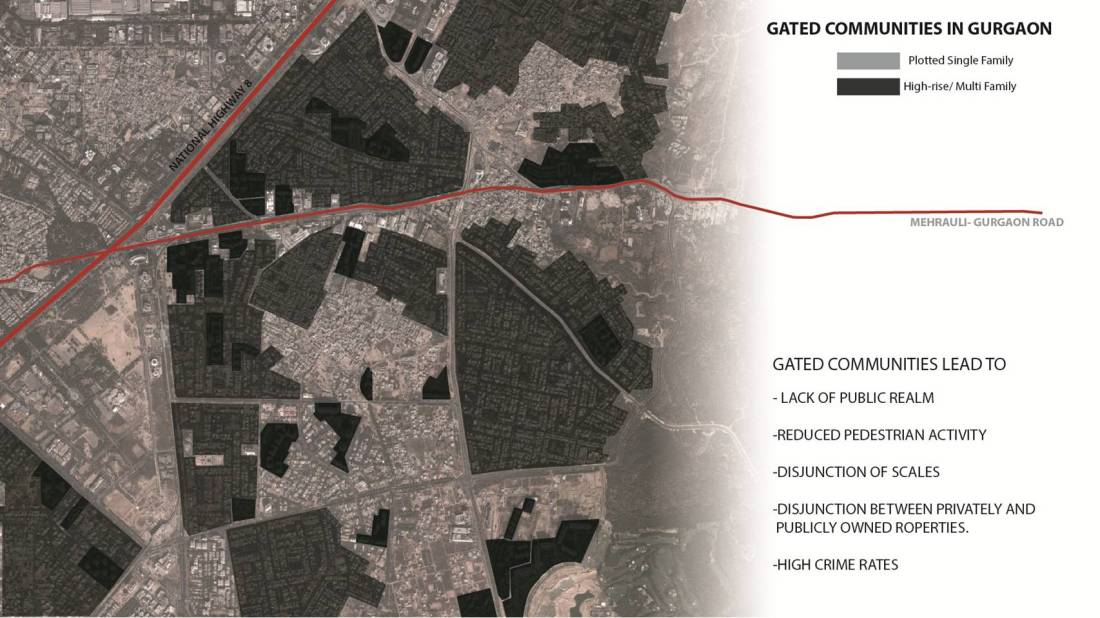


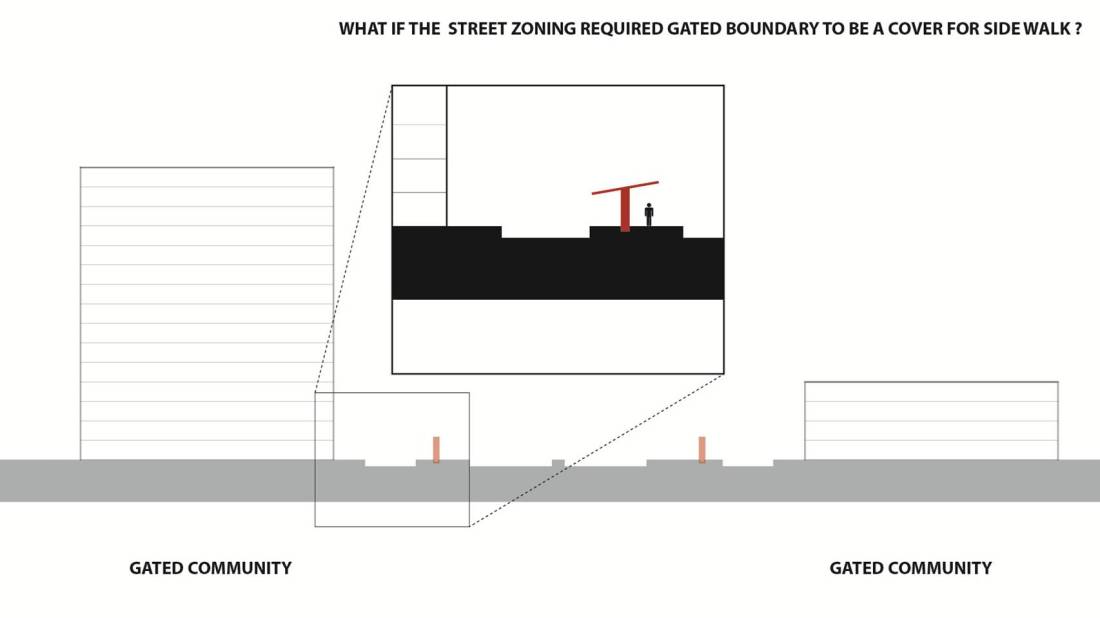
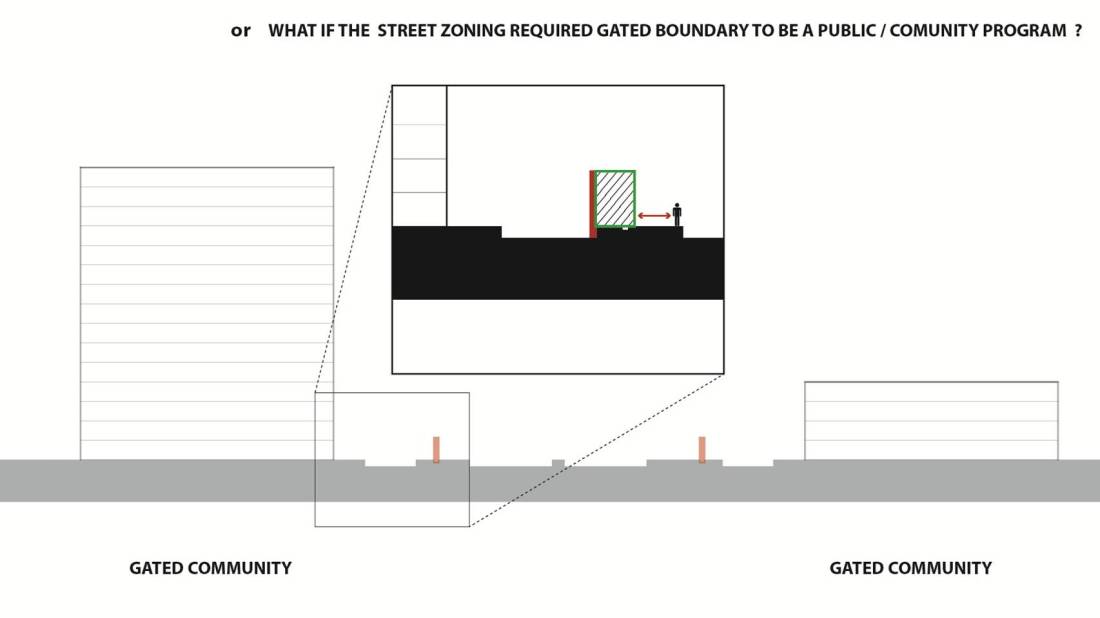

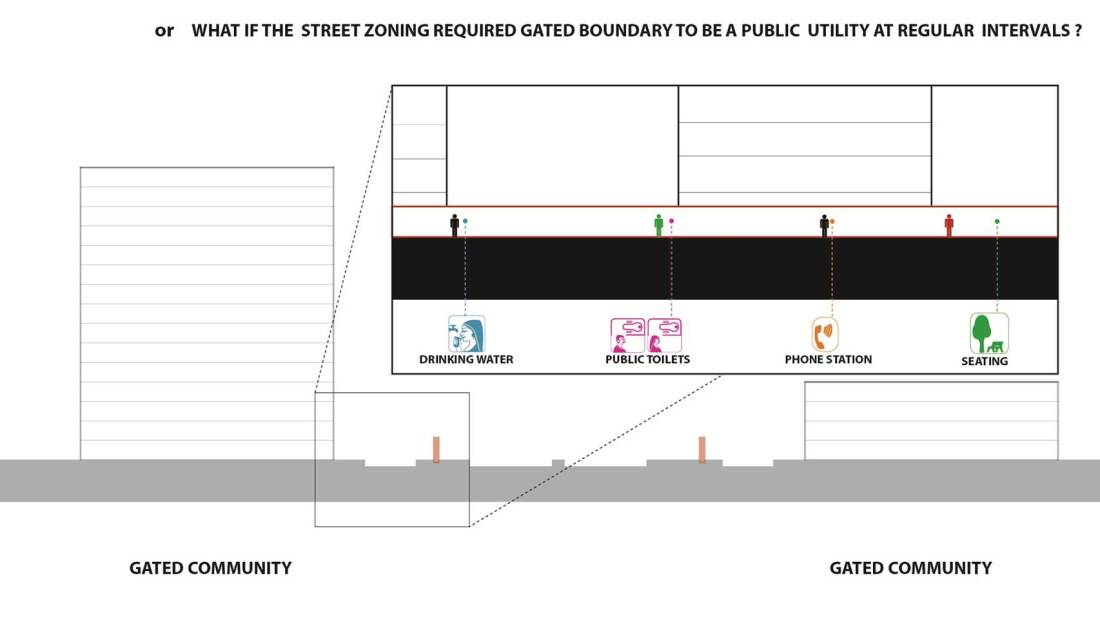


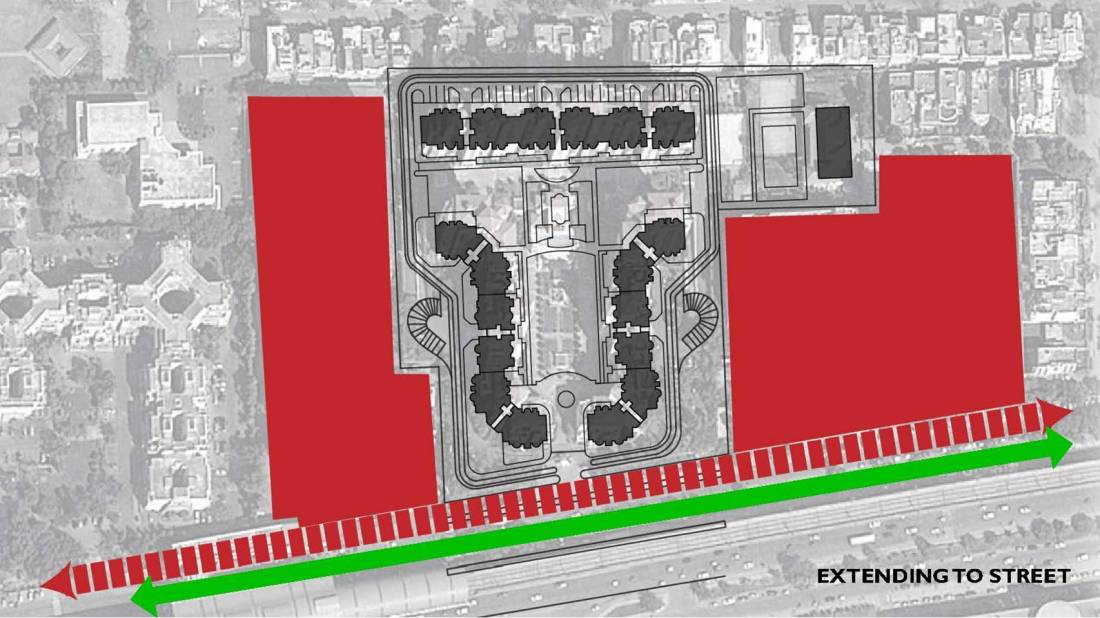
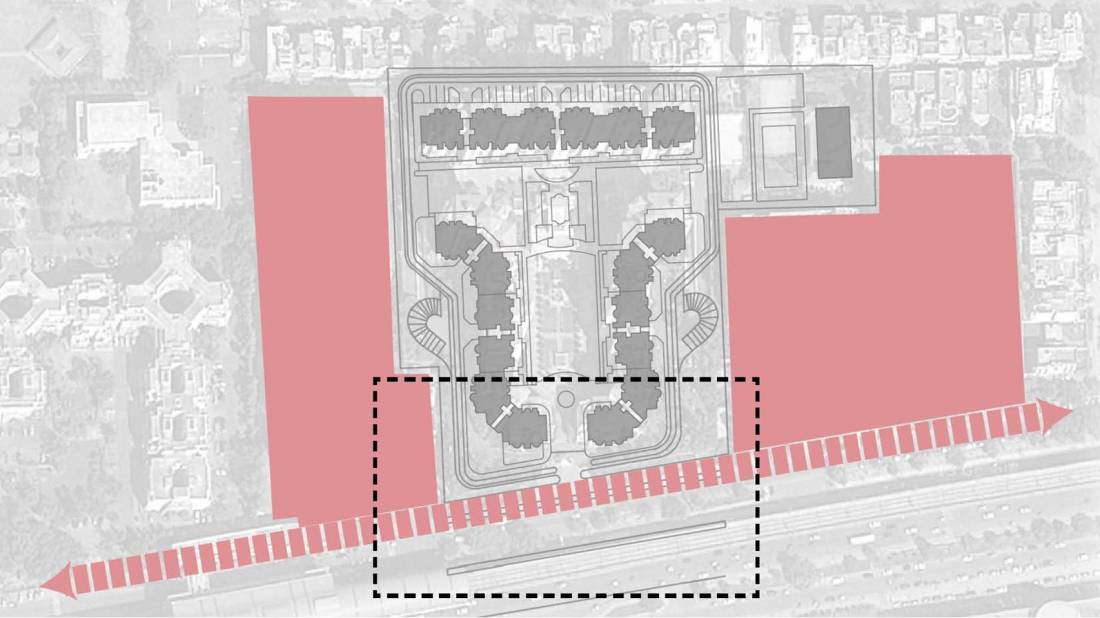
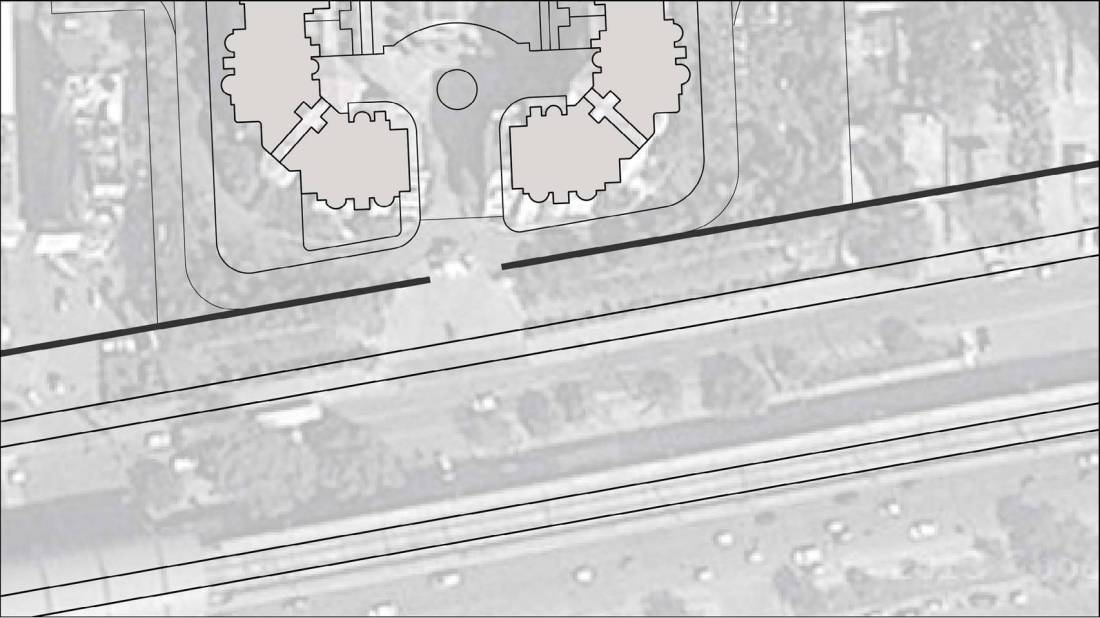




2 thoughts on “Gated Communities”